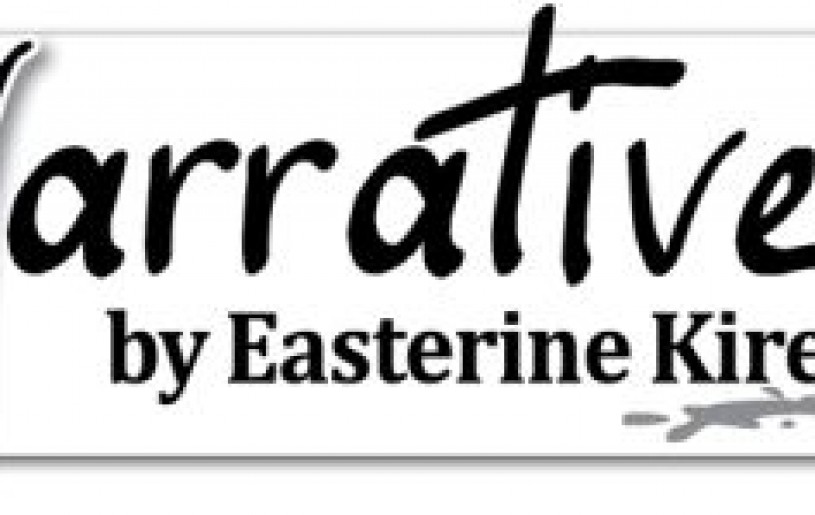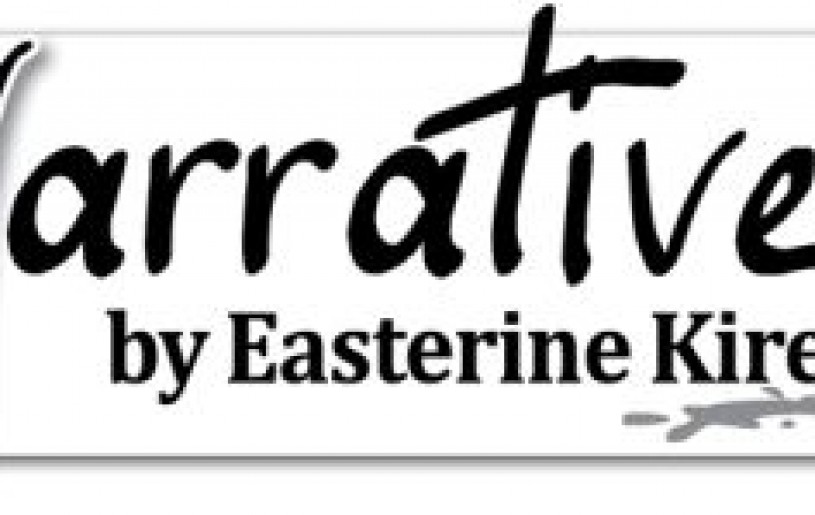
Excuse the cliché. But I keep finding many hidden gems in missionary literature from the Naga hills. I’m reading Narola Rivenburg’s “The Star of the Naga Hills” for the fourth or fifth time. The dedication says that it is “a memorial to the consecrated lives and work of her parents in Assam.” The book is a collection of letters by the missionary Dr. Sidney Rivenburg and his wife, Hattie Rivenburg to their family members in the USA, as well as Dr. Rivenburg’s letters to his grown daughter in later years. Rev. Sidney W. Rivenburg spent forty-two years as a missionary in India, of which more than 36 years were spent in the Naga Hills. A lifetime. For his efforts, he was given the Kaisar-i-Hind medal for meritorious service by the British government, a great honour indeed.
There is a great deal of history of the early Naga church in the letters that comprise the book. At the Kohima field, the first years without any conversions were so discouraging that the missionary despaired of his calling. But when he returned from furlough after getting education as a medical doctor, he found inroads that made it easier to present the gospel to the villagers while treating their many ailments with his modern medicines.
The Rivenburgs had first come to Molungyimsen in Assam where they spent two happy years (1885-1886) being introduced to mission work by Dr Clark. The Naga hills in the nineteenth century was not a safe place. Warring tribes and wildlife made the forests dangerous to travellers. The first missionary, Dr Clark ‘had won quite a reputation as a hunter of dangerous beasts, including man-eating tigers and leopards.’ TheRivenburgs spent their days at Molungyimsen learning the Ao language. Hattie Rivenburg started a Night School for boys and supervised the women’s meetings. Their stay in Molungyimsen was also their first introduction to life in the Naga Hills. Their love of the Ao language was apparent in the naming of their first child, Narola.
The letters of the Rivenburgs contain much information of historical importance, apart from the personal news that a son would share with his parents and a father with his daughter. Both Hattie and Sidney were good letter-writers, detailing their daily lives to their family back at home. They lived through exciting times. One of the early letters contains a long story of their mailman who, on his mail rounds, was badly mauled by a tiger. Another mailman drowned in the course of performing his duties.
Hattie Rivenburg calls the village wars, “Naga wars.” They become actively involved when the village of Merangkong (also called Nowgong) was attacked in March 1886. Their village takes in displaced villagers, feeding and helping them as best they can before they gather enough strength to leave and rebuild their lives again. The Rivenburgs lived through the historical period that we only get to read about in books and reports by the Political agents and anthropologists of that time. A few weeks after the village war, the Rivenburgs found themselves entertaining Mr Greer, Deputy Commissioner at Amguri, who was leading an expedition against the attacking villages to solve the Nowgong-Dekhahaimong dispute. This was six years after the major Battle of Khonoma and the Battle of Kikruma where the two villages were destroyed for defying imperial power. Four years later, the British army would take out an expedition against the Mizos and bring them under the colonial power.
The native soldiers “brought in their wake a kind of dysentery that swept through the villages like wildfire.” Both new converts and non-Christians died in large numbers. This kind of information almost casually included in the letters are helpful for researchers. Even otherwise it reminds me of the deaths suffered by native populations on their first encounters with colonizing populations. The Nagas, it would appear, were pathetically vulnerable to diseases from outside.
Later on in the book, there is mention of a mysterious epidemic of the flu where as many as 130 people died in the village of Nakama, and forty-four in Merema. For the young church, to have their members taken off in these epidemics was heart breaking. Tuberculosis was another killer, and some of their most promising young church leaders succumbed to it. In 1921, tuberculosis was like a death sentence for a sufferer.
In 1936, Dr Rivenburg breathed his last. The Naga Christians mourned the man they called Chaha Ketsau, the old saab, for Rivenburg had grown old serving the Lord in their hills. Their epitaph for him was, “Rev. S.W.Rivenburg, the friend of the poor, The Star of the Naga Hills.”
After news came to our hills that the old teacher was ‘crossing the bar,’Narola received letters of condolence written in perfect English expressing Naga gratitude for the role her father had played in their lives.
The letters written to Narola showed the harvest of the seeds her father had sown. As a Naga, I feel a surge of pride mixed with gratitude when I read them through. The races described as ‘savage tribes’ in anthropological reports surprised everyone by embracing the benefits of modern education.It was Christianity that brought an end to the head-hunting tradition that the British had struggled for many years to eliminate. Nisier, one of the first Angami Christians wrote, “The result of his perseverance in educating our people is that some of his students have now become magistrates, some doctors, some clerks, and some teachers.” It is not just the fact of the ‘savages’ proving the colonizers wrong that makes me feel proud, but rather the overwhelming truth that Nagas as a human race responded very positively, and were transformed by the true message of the gospel; they recognised the kindness inherent in those who brought it to them, and allowed it to change the course of their history.






